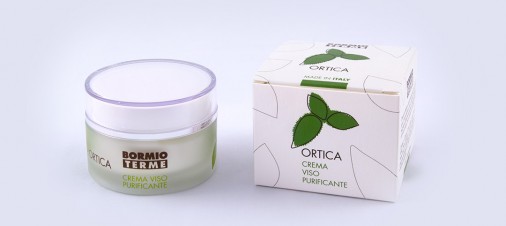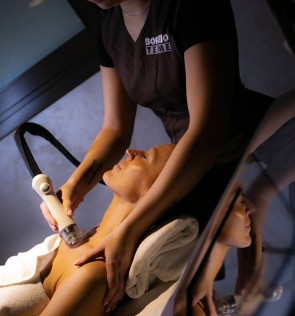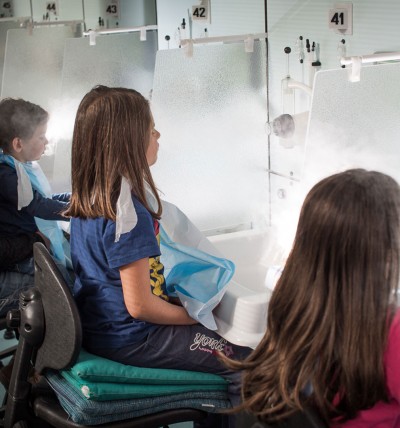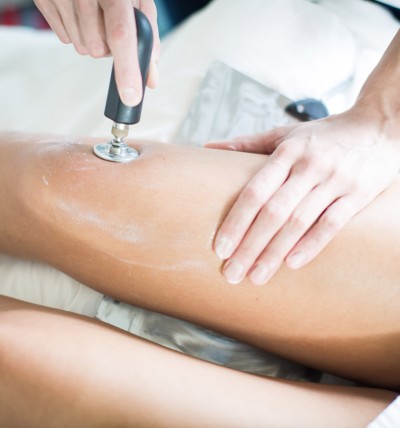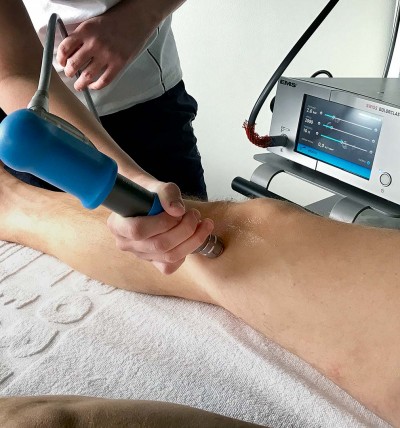 Close
Close
What are you looking for?
Find online products, treatments and useful information
Most frequent searches
 Close
Close
Contact Bormio Terme
Call or send us an information request. One operator will get in touch as soon as possible.
Send a request
Text us nowCall us
+390342901325Send an email
info@bormioterme.it Close
Close
Check the prices
Give a look to our list and buy online products and services.
All the rates
Discover Close
Close





